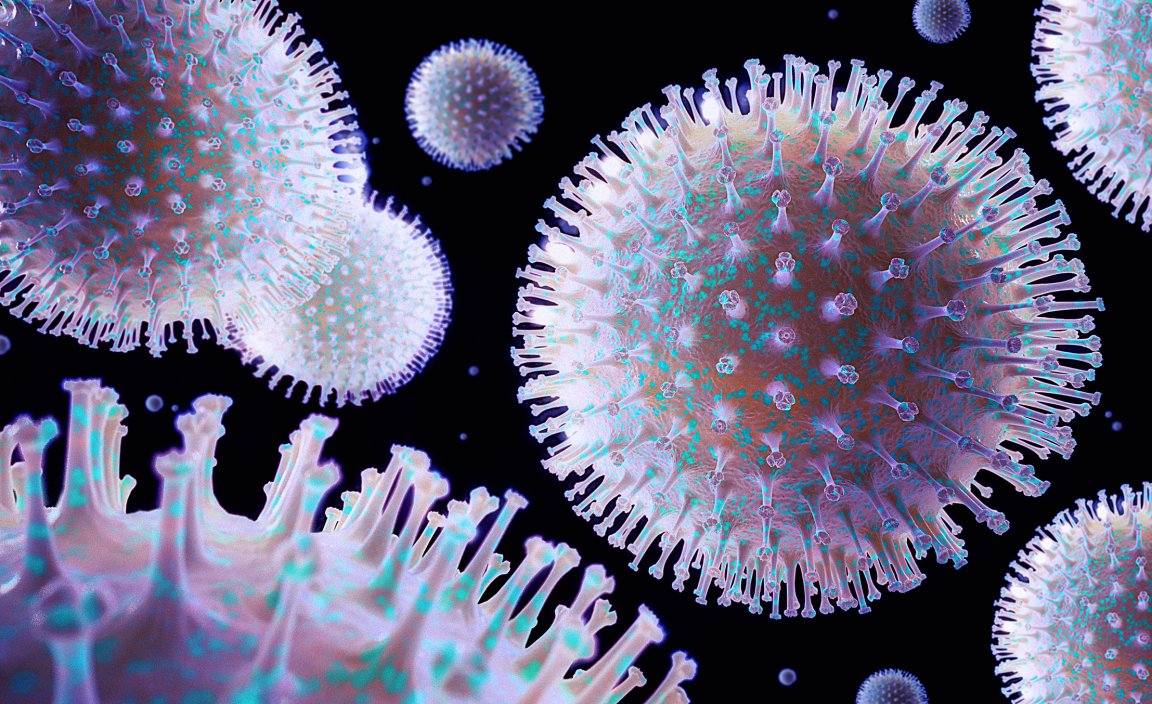
Potent Peptides
Scientists from the Scripps Research Institute and Janssen Research & Development have been able to develop artificial peptides capable of neutralizing almost all known group 1 influenza A viruses. It’s hoped that this research might help in the fight against the flu, which causes as many as 500,000 deaths worldwide every year.
The influenza A classification includes strains like H5N1, a form of avian flu that has infected hundreds of people in Asia, and H1N1, the swine flu that spread around the world in 2009 and 2010.
The team took inspiration from two recently discovered super-antibodies as it designed the peptides (compounds built from chains of amino acids). Both organizations that collaborated on the study have been performing research on the broadly neutralizing antibodies, known as FI6v3 and CR9114, since they were discovered, in 2011 and 2012 respectively.

Based on knowledge gained from structural analysis of these antibodies, the group was able to design peptides that can bind themselves to the flu virus in a similar fashion, albeit not quite as comprehensively.
The peptides latch on to the hydrophobic stem groove, which is situated on the primary envelope protein of the flu virus. This site’s molecular structure is common across a wide variety of flu strains; it’s one of the reasons that the viruses can change shape to gain access to, and infect, a host cell.
The peptides produced by this study are able to prevent the virus from modifying itself in this way, which prevents infection.
No Injection Necessary
The peptides produced by the team are much smaller than the antibodies that they’re designed to mimic. This makes them much easier to administer them to a patient.
Besides carrying a high price tag, antibodies need to be delivered via an injection, or an infusion. However, the team expects that in the future, it will be possible to dispense the peptides in the form of a pill.
The peptides also boast amino acid building blocks, which offer some significant advantages when combined with their cyclic structures. These traits mean that they’re resistant to enzymes that can flush drugs of this kind from the bloodstream.
“It’s pretty revolutionary that we were able to use structural information on antibodies to make much smaller molecules that have almost the same binding affinity and breadth of neutralization against flu viruses,” said Rameshwar U. Kadam, a senior postdoctoral research associate and co-first author on the study. “There has been skepticism in the field that we could get such good results with such small molecules, but this study proves that we can.”